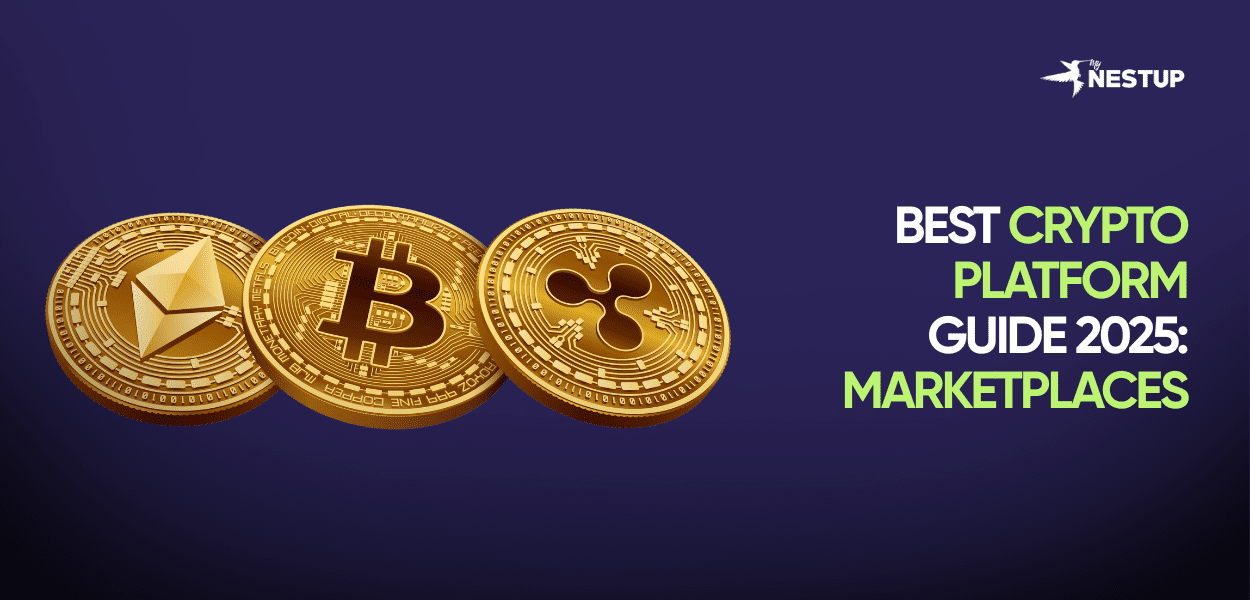2025 has become a defining year for everyday crypto users not because of wild bull markets or dramatic collapses, but because the industry finally feels like it has grown up. Regulation is tighter, investor protections are clearer, and the biggest exchanges have started behaving more like financial institutions than tech startups. Says Forbes, this shift is less about hype and more about consumer trust, especially as millions of first-time users enter crypto through mainstream platforms rather than niche trading apps. In my own research cycles this year, I noticed a pattern: people no longer ask “Is Bitcoin safe?” they ask “Which platform should I trust to buy it?” That’s a meaningful psychological shift, and it’s exactly why choosing the right exchange has never mattered more.
At the same time, infrastructure around Bitcoin is far more mature than it was even three years ago. Custodians now offer bank-grade cold storage, on-chain transaction fees have stabilized thanks to improved mempool management, and KYC verification has become quicker and more intuitive on regulated exchanges. Writes Coinbase in its updated 2025 documentation that the majority of user assets are secured in distributed offline vaults a standard that has nudged competitors to raise their own security benchmarks. Meanwhile, local ecosystems in countries like India are evolving fast; Economic Times writes that UPI support, improved tax clarity, and domestic exchange compliance have pulled a large share of new investors back into locally regulated platforms. All these changes together mean that buying or selling Bitcoin in 2025 is not only easier, but structurally safer if you choose the right path.
Why Platform Choice Matters More in 2025
A major industry ranking released early this year, says Forbes, highlighted how the “trust gap” between secure, regulated exchanges and everyone else has grown wider. Coinbase and Kraken topped the global lists for reliability, transparency, and custody strength, while some Asian exchanges were noted for liquidity but cautioned for jurisdictional risk.
Meanwhile, Reuters reports that regulatory actions in the U.S. and Europe have pushed exchanges to fortify KYC, cold storage, and compliance standards. For everyday users, this simply means: pick a platform that aligns with your country, your risk tolerance, and your long-term plans.
Best Platforms in 2025 (and Who They Work Best For)
1. Coinbase – Best for Beginners & Safe Fiat On-Ramps
Writes Coinbase in its own security documentation: over 98% of customer crypto is stored offline in geographically distributed cold wallets. The company’s custodial arm is also used by institutional investors, which reflects deep security maturity.
Why choose it: clean interface, strong fiat support, and straightforward onboarding for new users.
2. Kraken – Best for Security-Focused Traders
2. Kraken – Best for Security-Focused Traders
Kraken’s technical notes emphasize long-standing security practices including air-gapped cold storage and internal audits. Kraken highlights its “zero tolerance for security shortcuts,” a message that resonates with users looking for longevity and technical robustness.
Why choose it: impeccable security culture, advanced order types, and transparent fee structures.
3. Binance, OKX, Bybit – Best for Liquidity & Active Trading
3. Binance, OKX, Bybit – Best for Liquidity & Active Trading
Reuters coverage of the industry explains that despite regulatory challenges, these platforms continue to dominate global liquidity, especially for derivatives and futures. They’re powerful tools but only if you’re aware of local regulations and are comfortable with offshore platform risks.
Why choose them: deep liquidity, advanced trading products, and low spreads.
4. India-Focused Platforms – CoinDCX, WazirX, Mudrex, CoinSwitch
4. India-Focused Platforms – CoinDCX, WazirX, Mudrex, CoinSwitch
The Economic Times writes that Indian retail traders still rely heavily on local exchanges because of INR deposits, UPI compatibility, and locally compliant KYC flows. However, India’s tax structure (30% gains tax + 1% TDS) remains a critical factor to understand before trading.
Why choose them: easy INR deposits, local compliance, and beginner-friendly UIs.
How to Buy Bitcoin Safely in 2025 (Step-by-Step)
How to Buy Bitcoin Safely in 2025 (Step-by-Step)
Step 1: Verify Platform Support in Your Country
Before creating an account, check if the exchange supports your location and banking method. Regulated platforms list this clearly writes Coinbase which helps prevent onboarding issues.
Step 2: Complete KYC
Expect the standard trio: government ID, selfie verification, and address proof. Most platforms now approve new users within minutes.
Step 3: Deposit Fiat (INR / USD / EUR)
UPI and IMPS are popular in India, while ACH or SEPA transfers dominate the West. Always begin with a small test deposit.
Step 4: Make Your First Buy
Market orders are instant; limit orders avoid volatility slippage. For beginners, a market order is easiest.
Step 5: Transfer Bitcoin to a Wallet (Optional but Recommended)
“In CoinLedger’s hardware wallet guide,” the publication emphasizes that personal wallets eliminate exchange custody risk, especially for long-term holders.
Step 6: Keep Records for Taxes
This is especially essential for Indian users, where, as Economic Times explains, every taxable crypto transaction requires proper documentation.
How to Sell Bitcoin in 2025
How to Sell Bitcoin in 2025
-
Transfer BTC to your exchange
-
Place a limit order during low-volatility hours
-
Withdraw fiat to your bank
-
Save receipts and TXIDs for tax compliance
Reuters reporting repeatedly notes that maintaining clean transaction logs is one of the most overlooked but crucial steps for crypto users.
How to Store Bitcoin Safely in 2025
How to Store Bitcoin Safely in 2025
1. Hardware Wallets (Ledger, Trezor)
“In CoinLedger’s comparison,” hardware wallets remain the gold standard for cold storage. They protect your private keys offline, immune to online hacks.
2. Software Wallets (Hot Wallets)
Ideal for small, everyday amounts. Always pair with PIN, biometric lock, and 2FA.
3. Exchange Custody
Convenient, but should only be used for short-term trading balances. Writes Coinbase Custody that its infrastructure is built for institutional-level protection but even then, best practice is to minimize custodial risk.
4. Multi-Sig and Institutional Custody
Best for businesses, DAOs, and high-net-worth holders.
Security Protocol for Every Crypto User
Security Protocol for Every Crypto User
-
Use strong password + password manager
-
Enable app-based or hardware 2FA (avoid SMS)
-
Never store seed phrases online
-
Test small withdrawals before large transfers
-
Bookmark official exchange URLs to avoid phishing
-
For higher amounts, consider institutional custody or multi-sig setups
As Kraken reiterates in its documentation, “security is a shared responsibility between user and platform not one-sided.”
Regulatory Themes to Watch in 2025
Regulatory Themes to Watch in 2025
-
Reuters notes that the SEC dropping certain cases has reshaped sentiment on U.S.-based exchanges.
-
Economic Times reports India maintains strict tax rules for crypto gains.
-
Exchange documentation globally emphasizes ongoing enhancements in AML, KYC, and transparency.
Quick Summary – Which Platform Should You Use?
Quick Summary – Which Platform Should You Use?
-
Coinbase: Safest for beginners; clean UX; strong reputation.
-
Kraken: Best for security-minded traders.
-
Binance / Bybit / OKX: Best for active trading and derivatives.
-
CoinDCX / WazirX / Mudrex: Best for Indian users.
-
Hardware wallets: Best for long-term storage.
Related Readings:
Related Readings:
Forbes : Crypto exchange trust & ranking reports
Reuters : Coverage on exchange regulations and legal updates
Coinbase : Security, custody, and platform documentation
Kraken : Security practices and platform details
Economic Times : India crypto taxation and exchange analysis
CoinLedger : Hardware wallet and tax documentation guides
Summing Up Facts:
Looking at the broader picture, 2025 is the first year where crypto feels less like a frontier adventure and more like a serious financial market. The safest platforms are behaving like banks, regulators are becoming more predictable, and users are finally asking smarter questions about custody, fees, and long-term storage. What stands out most in the analysis is this: the “right” crypto platform isn’t universal it depends on whether you’re chasing deep liquidity, strict compliance, or effortless usability. As Reuters consistently highlights, no exchange is perfect, but the gap between high-trust and high-risk platforms has never been more visible. And that clarity is a gift. It allows regular investors not just early adopters to navigate Bitcoin with the same confidence they bring to stock markets or mutual funds. In short, the tools are mature, the rules are clearer, and the risk is manageable provided you choose security over convenience and treat Bitcoin with the seriousness of any long-term financial asset.







